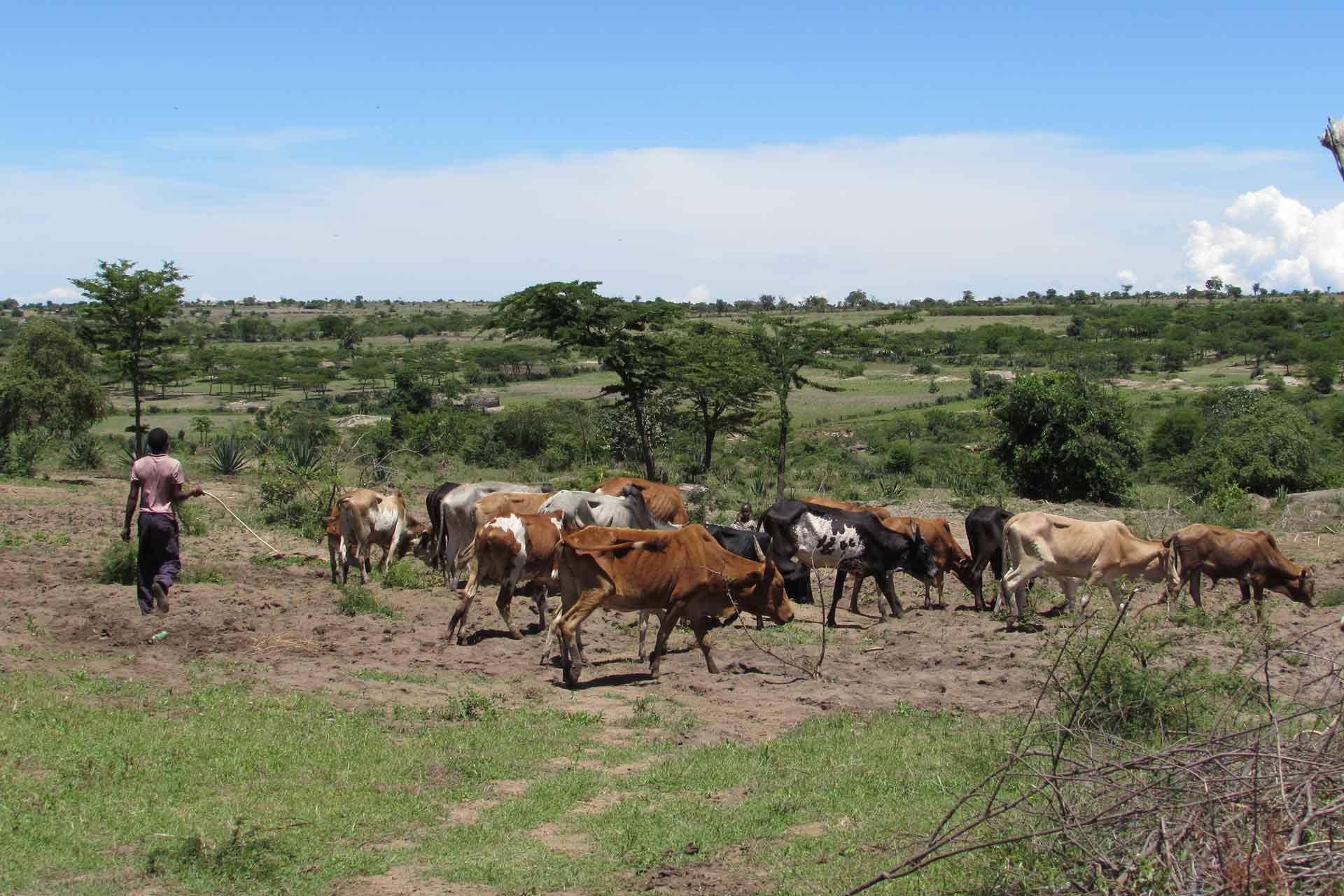Observing micro-evolutionary processes of viral populations at multiple scales.
Advances in sequencing technology coupled with new integrative approaches to data analysis provide a potentially transformative opportunity to use pathogen genome data to advance our understanding of transmission. However, to maximize the insights such genetic data can provide, we need to understand more about how the microevolution of pathogens is observed at different scales of biological organization. Here, we examine the evolutionary processes in foot-and-mouth disease virus observed at different scales, ranging from the tissue, animal, herd and region. At each scale, we observe analogous processes of population expansion, mutation and selection resulting in the accumulation of mutations over increasing time scales. While the current data are limited, rates of nucleotide substitution appear to be faster over individual-to-individual transmission events compared with those observed at a within-individual scale suggesting that viral population bottlenecks between individuals facilitate the fixation of polymorphisms. Longer-term rates of nucleotide substitution were found to be equivalent in individual-to-individual transmission compared with herd-to-herd transmission indicating that viral diversification at the herd level is not retained at a regional scale.
Back to publications
Publication
Contributors
Orton R J, Wright C F, Morelli M J, Juleff N, Thebaud G, Knowles N J, Valdazo-Gonzalez B, Paton D J, King D P, Haydon D T
Year
2013
Journal
Philosophical Transactions of the Royal Society B-Biological Sciences
Volume
368
Issue
1614
Pages
e20120203
Associated groups

